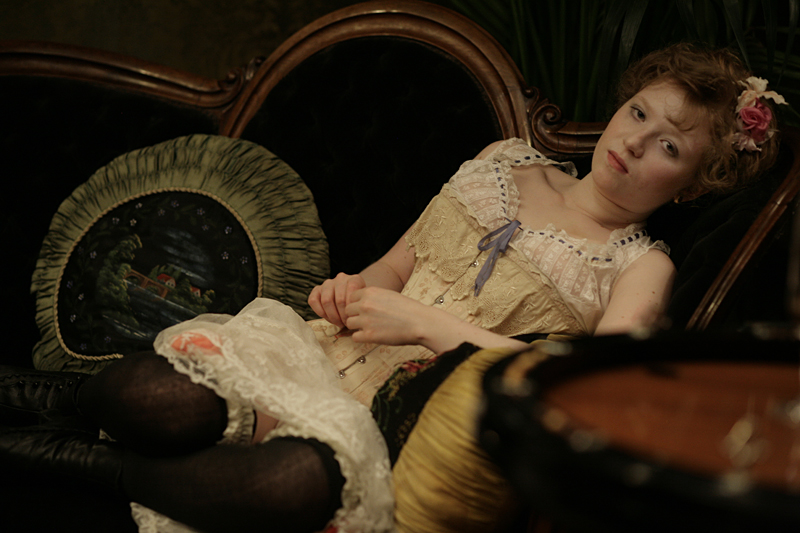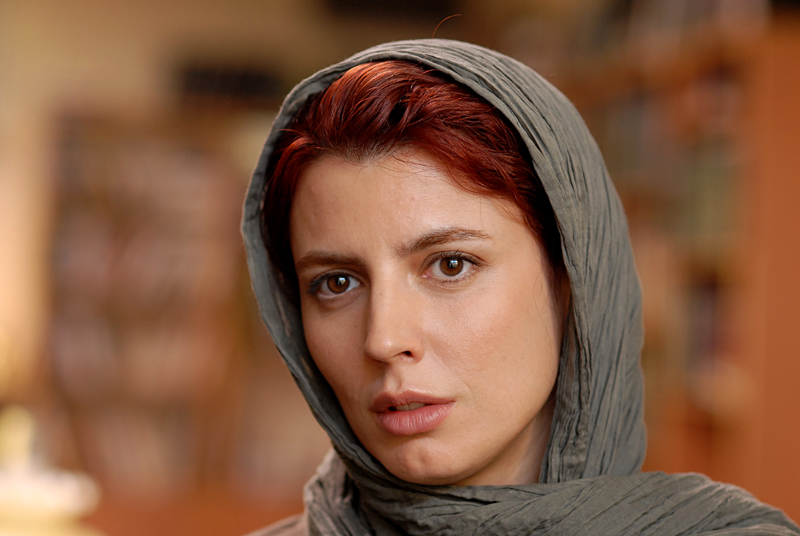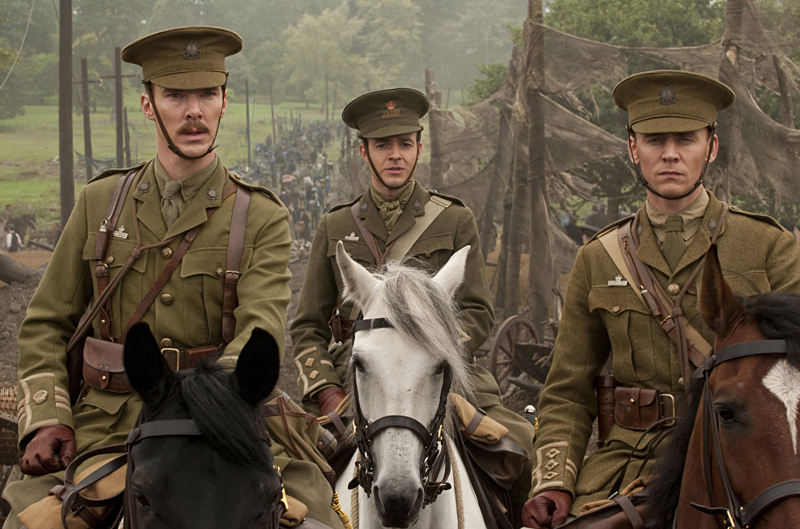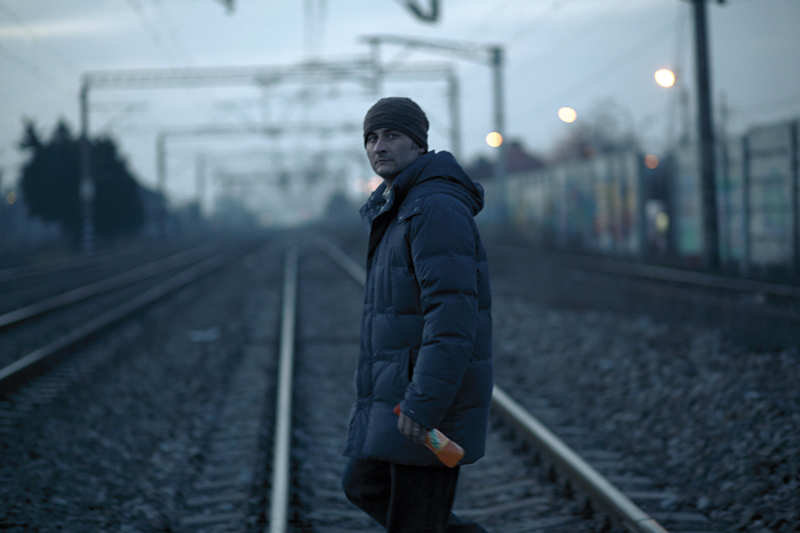Energetic, inventive, swaggering fun, Quentin Tarantino’s Inglourious Basterds is a consummate Hollywood entertainment—rich in fantasy and blithely amoral. The movie is quintessential QT, yet more drenched in film references—the title’s lifted from Italian genre-meister Enzo Castellari’s 1978 Dirty Dozen knockoff—than gore. It’s tough to resist the enthusiastic performances and terrific dialogue—if you’re not put off by the juvenile premise or cartoonish savagery.
Although a tad long and a little too pleased with itself, Basterds is something sui generis—a two-fisted Hollywood occupation romance, in which a Jewish special unit wreaks vengeance on the Nazis. The first of five chapters nods to Sergio Leone and to the Western in general with a shot of a French farm family hanging their laundry as a Nazi convoy approaches in the distance like a Comanche band.
In this very verbose movie, the first of many verbal jousts pits a taciturn, salt-of-the-Earth peasant against loquacious Nazi Col. Landa (Christoph Waltz), who hypnotizes his prey with a twinkling eye, giant grin, and steady stream of civilized chatter. Landa, the SS functionary assigned to rid France of Jews, is not only the movie’s villain, but also its master of revels, the movie’s most crowd-pleasing creation.
Landa’s “barbaric” antagonists are a squad of Jewish-American commandos led by wily hillbilly Aldo Raine (Brad Pitt). The Jews are out for blood, and Raine promises his eponymous Basterds that, under his leadership, they will terrorize the Germans with “Apache tactics,” demanding only that each contribute 100 Nazi scalps.
Operating like a cross between the Dirty Dozen and a Nazi death squad, the Basterds take no prisoners—designated “survivors” are shipped back to Germany, swastikas carved in their foreheads to spook the brass. The rest are sent to Valhalla, most spectacularly by Sgt. Donny Donowitz (exploitation director Eli Roth), who uses a Louisville Slugger to bash German brains.
Basterds‘ heroine and most artificial construct is Shosanna Dreyfus (Mélanie Laurent), the Jewish survivor of a Nazi massacre who’s hiding in plain sight as the proprietress of a Paris movie theater. She articulates Tarantino’s own cinephile credo: His characters live and die in (and sometimes at) the movies, and only there. In a sense, Basterds is science fiction: Everything unfolds in an alternate universe of The Movies. Inflammable nitrate film is a secret weapon. Goebbels is an evil movie producer. The German war hero who pursues Shosanna has become a movie star. And she’s introduced in a music video set to David Bowie’s Cat People title song.
Basterds is hardly the first movie to place World War II in the context of American show business. Its coarse, ranting, ridiculously caped Hitler (Martin Wuttke) certainly contributes to the war’s vaudevillization, a theme that dates back to Mel Brooks’ The Producers and beyond. But there’s a difference between victim and victor mocking Hitler. Where the Brooks scenario involves dancing on the monster’s grave (a contemporary Purim play), the Tarantino scenario is less cathartic than bizarrely triumphalist.
Basterds basically enables Jews to act like Nazis, engaging in cold-blooded massacres and mass incineration, pushing wish fulfillment to a near-psychotic break with reality. Here is an alternate World War II, in which Jews terrorize and slaughter Nazis—a Holocaust made just.








